Well, we’ve just stepped over the threshold of 2025 and the long wet winter is slowely drawing to a close and soon the evenings will start to seem a little lighter. But, before we get absorbed with the new life that comes with spring, late winter is a great time to delve into your kit and make a few choice decsions about the direction for the year.. Wether you you starting out with your new camera gear and embarking on a new photography journey in 2025 or continuing your adventures in Photography we aim to bring you a wealth of tutorials in the coming year. We’ll also be announcing a few UK workshops so stayed tuned.
For many of us Christmas will have seen new camera gear arrive under the tree, and equally not. So with the January sales rapidly approaching, you can be sure to find a bargin or two out there. If you’re all new to photograhy or looking to make an upgrade then choosing the right gear can feel overwhelming with so many options available. In this tutorial I’ll aim to guide you through selecting affordable and versatile camera kit that is tailored towards beginners. By the end, you’ll know how to pick a camera that suits your needs, select lenses for diverse scenarios, and choose essential accessories to enhance your shooting experience. The aim here to to find something not to complex that you’ll enjoy using and will give you the maximum flexibility to shoot in a wide variety of scenarios.
By following this tutorial you’ll get to understand how you can grow you selection of kit as your skills develop, ensuring you’re prepared for various photography challenges. You’ll learn how to avoid common pitfalls like overcomplicating your setup or spending unnecessarily on gear you might not use. Instead, this tutorial focuses on simplicity, practicality, and creativity, equipping you with the tools and knowledge to start capturing cherished memories, stunning landscapes, and artistic portraits with confidence.
Camera Body: Choosing the Right Entry-Level DSLR or Mirrorless Camera
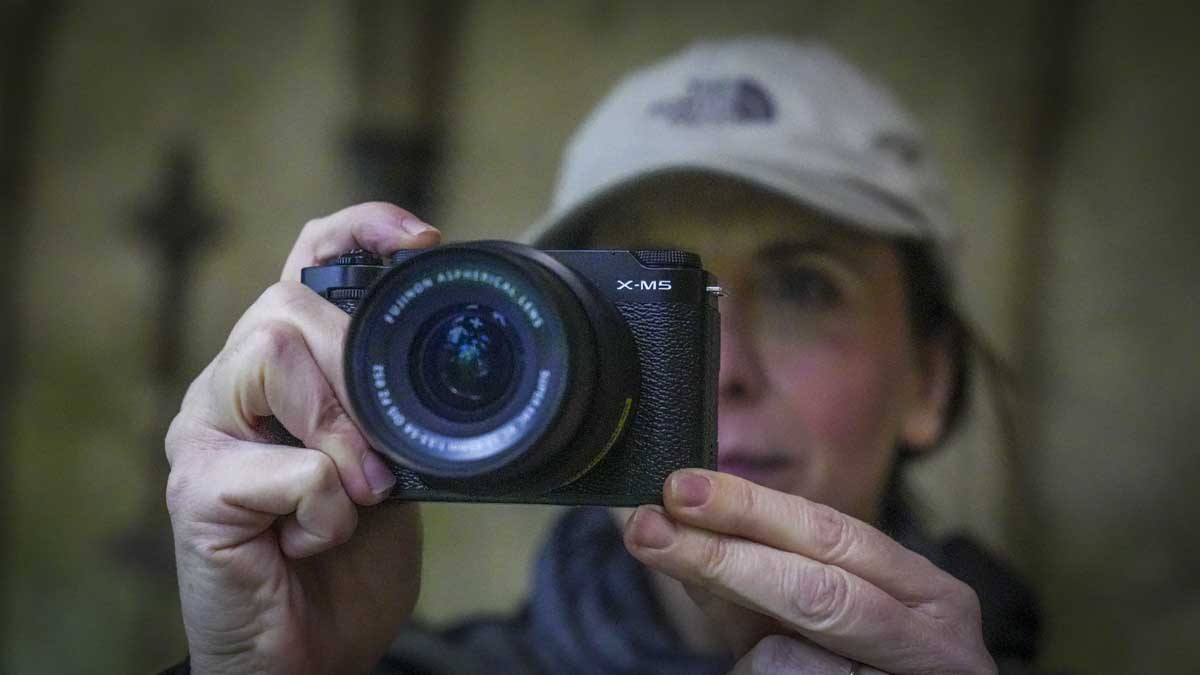
Choosing the right camera body is crucial for beginners starting their photography journey. A versatile, easy-to-use camera can make learning enjoyable and rewarding. For 2025, entry-level options like the Sony ZV-E10 II or Fujifilm X-M5 are excellent picks. These cameras offer exceptional image quality, intuitive controls, and advanced features like guided shooting modes to simplify learning. Additionally, they allow for interchangeable lenses, making them adaptable to various photography styles as your skills grow. Features such as built-in Wi-Fi/Bluetooth also make sharing your creations easy. I’ve listed two mirrorless cameras in this section, but it’s also worth looking at the excellent Nikon D5300 which is a solid DSLR choice.
- Recommendation: Fujifilm X-M5 or Sony ZV-E10 II
These cameras offer intuitive controls, excellent image quality, and features like guided shooting modes to ease you into photography.
- Key Features to Look For: Interchangeable lenses for versatility.
- Built-in Wi-Fi/Bluetooth for easy sharing.
- A fully articulated or tilting screen for creative angles.
Kit Lens: Your First Lens
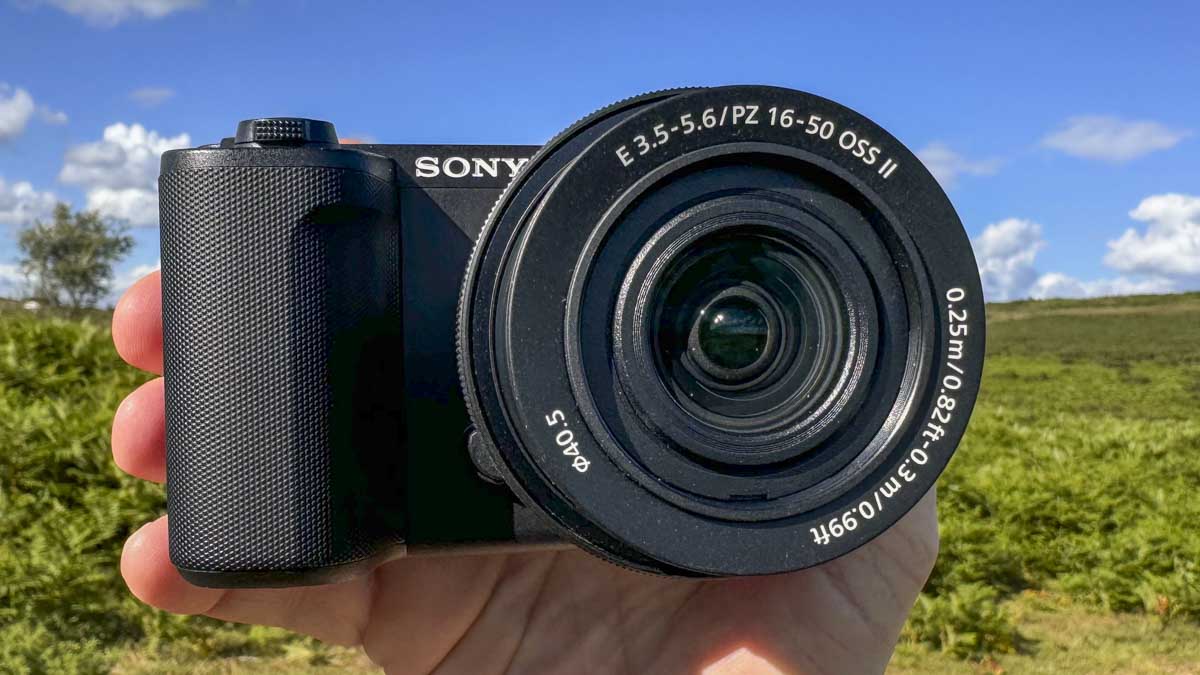
A kit lens is an essential first step for any beginner photographer. These versatile lenses, often bundled with entry-level cameras such as the Sony ZV-E10 II, cover a wide focal range that suits most everyday photography needs. The standard 18-55mm/16-50mm zoom lens is perfect for shooting anything from landscapes to portraits, giving you a chance to experiment with different compositions and perspectives. While it may not offer the advanced capabilities of more expensive lenses, it provides a cost-effective way to learn the basics. As you grow in confidence and skill, this lens will prepare you for more specialized equipment.
- Recommendation: Standard Zoom: 18-55mm /16-50mm kit lens (usually bundled with the camera).
This lens is perfect for everyday photography, covering wide-angle to short telephoto perspectives.
Memory Card: Don’t Run Out of Space
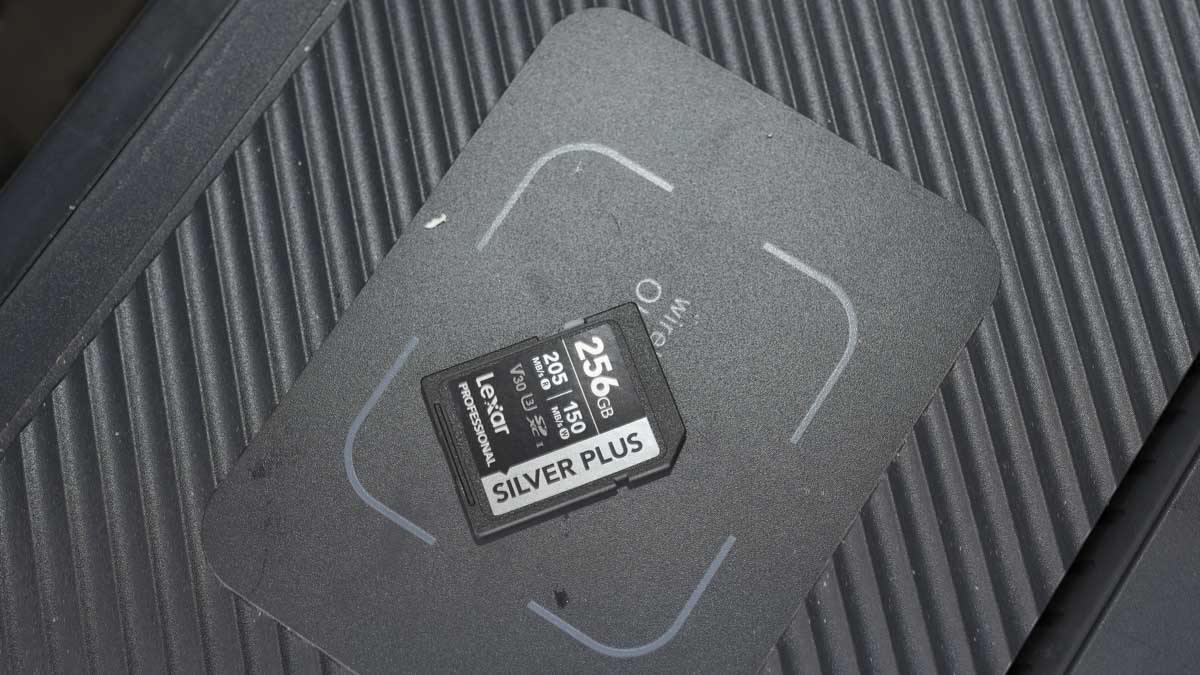
A reliable memory card is a vital part of any beginner’s camera kit. It ensures you can store all your photos and videos without worrying about running out of space or slow write speeds. High-quality memory cards, such as the Lexar Professional SILVER PLUS SDXC UHS-I Card 256GB, are designed to handle the demands of high-resolution photography and video recording. These cards offer fast write speeds, reducing delays between shots and ensuring seamless video capture. By investing in a dependable memory card, you can focus on your creativity without interruptions, capturing every moment with confidence and reliability.
Recommendation: Lexar Professional SILVER PLUS SDXC UHS-I Card 256GB
Opt for a card with fast write speeds to handle high-resolution photos and videos.
Tripod: Stability for Sharp Shots

A sturdy tripod is a game-changer for beginners aiming to capture sharp, professional-quality photos. It provides the stability needed for long exposures, low-light conditions, and precision framing. Whether you’re shooting landscapes, starry skies, or group portraits, a tripod minimizes camera shake and enhances image clarity. Lightweight options like the 3 Legged Thing Punks Billy Tripod are particularly suited for beginners, offering portability and ease of use. Investing in a tripod also opens creative possibilities, such as experimenting with time-lapse photography or motion blur effects. It’s a simple yet powerful tool that significantly elevates your photography skills.
Recommendation: 3 Legged Thing Punks Billy Tripod
Camera Bag: Protection and Portability
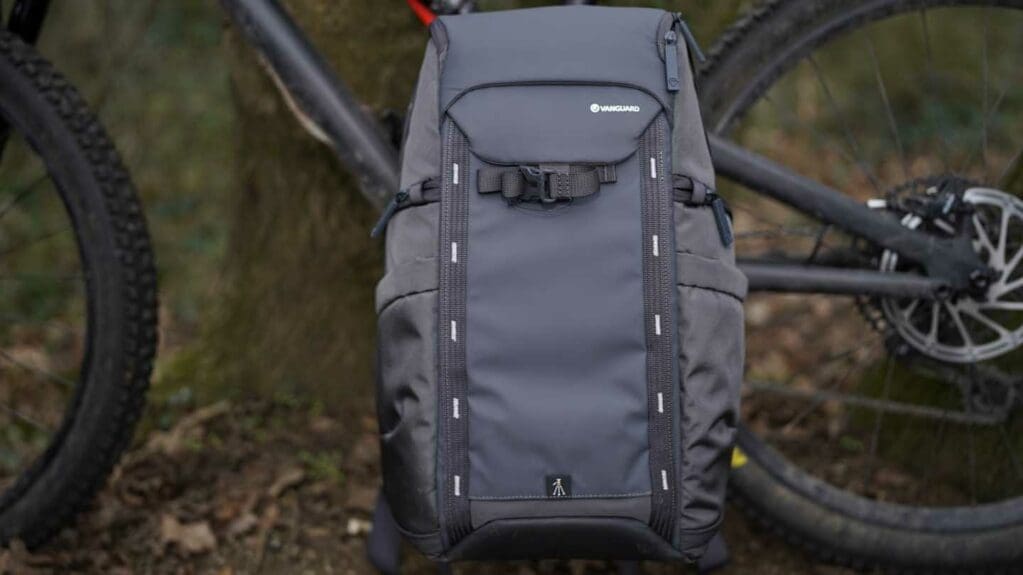
A camera bag is an essential accessory for any beginner, ensuring your gear stays safe and organized during shoots or travel. Look for a bag with padded compartments to protect your camera and lenses from damage, as well as additional pockets for accessories like batteries, memory cards, and cleaning kits. The Vanguard VEO R48 Adapter Backpack is an excellent choice, offering a lightweight yet durable design. Its comfortable straps and customizable interior make it ideal for photographers on the go. A reliable camera bag not only protects your investment but also helps you stay prepared and efficient during your photography sessions.
Recommendation: Vanguard VEO R48 Adapter
Spare Battery: Stay Powered Up
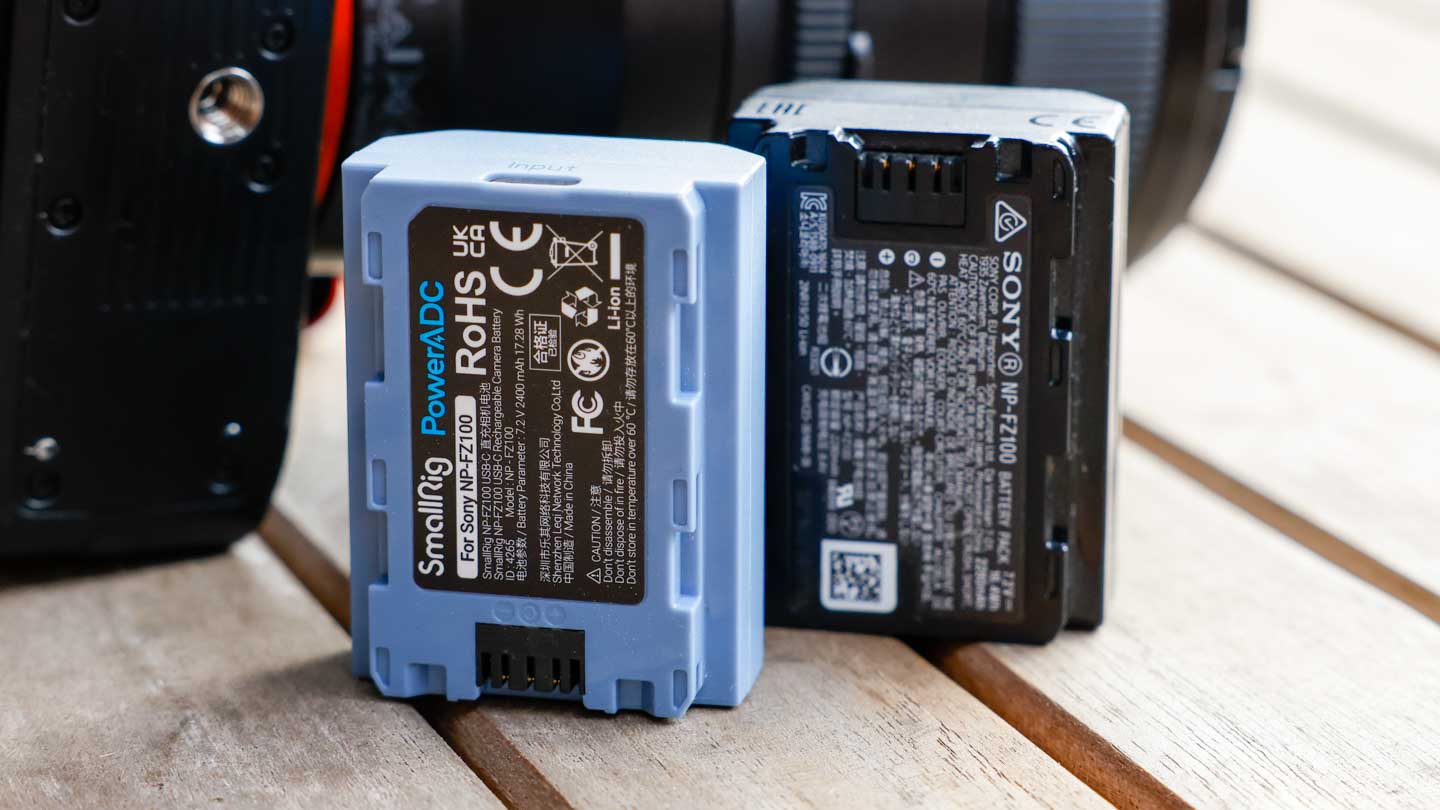
A spare battery is a simple yet essential accessory for every beginner photographer. Running out of power in the middle of a shoot can be frustrating, especially during long days of capturing moments. Investing in an additional manufacturer-approved battery ensures your camera is always ready to perform. Spare batteries are compact and easy to carry, making them perfect for travel, events, or extended outdoor sessions. Having a backup also allows you to focus on your creativity without the stress of power interruptions. It’s a small investment that brings immense peace of mind for uninterrupted shooting.
Recommendation: SmallRig NP-FZ100 for Sony users – SmallRig also make similar specification batteries for most other manufactures.
A spare battery ensures you won’t miss out on capturing moments during a long day of shooting.
Cleaning Kit: Maintenance Made Easy
Keeping your camera clean is essential for maintaining image quality and extending the life of your equipment. Dust and smudges on your lens or sensor can ruin your photos, so investing in a reliable cleaning kit is a must. A tool like the Giottos Rocket Air Blaster is perfect for safely removing dust particles, while a microfiber cleaning cloth ensures streak-free lens cleaning. Regular maintenance not only prevents long-term damage but also ensures your shots remain sharp and clear. Cleaning your gear after outdoor shoots or during seasonal changes is a simple habit that pays off in superior results.
Recommendation: Giottos Rocket Air Blaster and microfiber cleaning cloth.
Keep your lens and sensor free of dust and smudges for optimal image quality.
Additional Accessories to Consider
External Flash
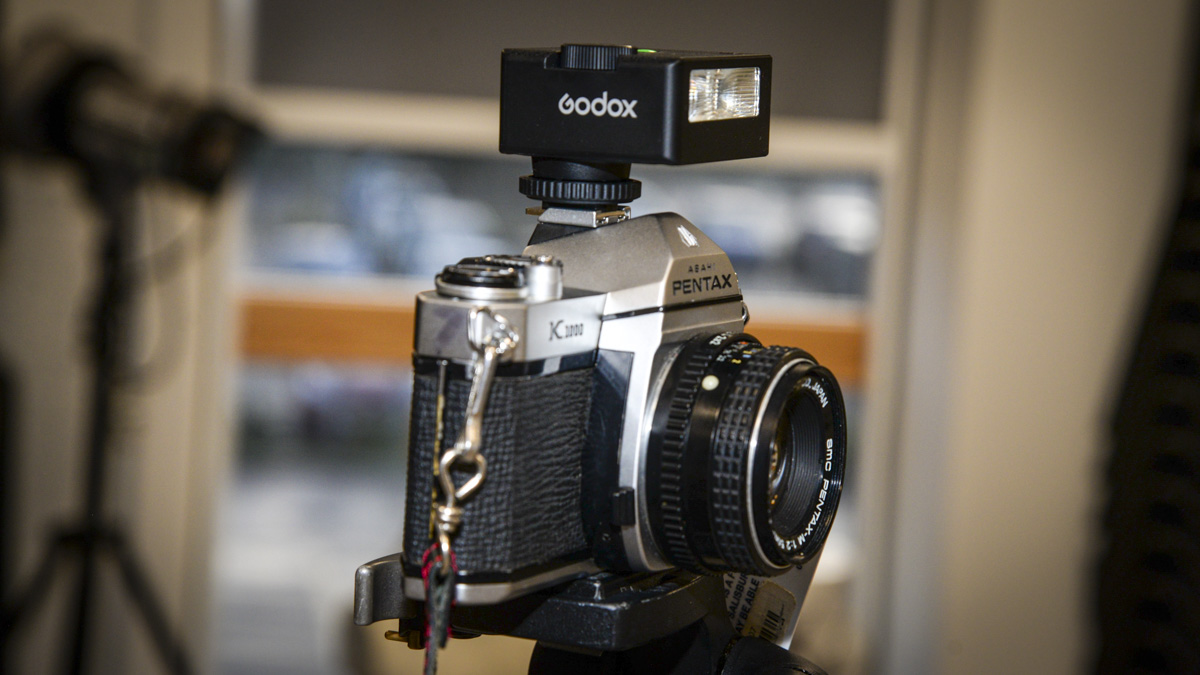
An external flash is an invaluable tool for improving indoor and low-light photography. Unlike a built-in flash, it offers greater flexibility and power, allowing you to control the direction and intensity of light. This is particularly useful for reducing harsh shadows and achieving a more natural look in portraits or event photography. External flashes like the Godox iM30 Flash are beginner-friendly and provide adjustable settings for creative lighting techniques. They’re also great for experimenting with bounce flash off walls or ceilings for softer illumination. Adding an external flash to your kit elevates your photos with professional-grade lighting.
Recommendation: Godox iM30 Flash. Great for learning lighting techniques and improving indoor photography.
Filters
Filters are essential tools for enhancing the quality and creativity of your photos. They attach to the front of your lens and can drastically improve image outcomes in various conditions. A circular polarizer, like the Haida Pro II CPL, is particularly useful for reducing glare from reflective surfaces and enhancing the vibrancy of skies and foliage. Neutral density filters, on the other hand, help control exposure in bright environments, such as the K&F Concept True Color Variable ND enabling you to achieve effects like smooth water or motion blur. Filters are a cost-effective way to expand your creative possibilities and achieve professional-looking results straight out of the camera.
Recommendation: Haida Pro II CPL or the K&F Concept True Color Variable ND
Editing Software
Photo editing is a crucial part of the photography process, allowing you to refine and enhance your images. With the right software, you can adjust exposure, tweak colours, and bring out hidden details, elevating your photos to professional quality. Adobe Lightroom is a popular choice for beginners and pros alike, offering powerful yet user-friendly tools for managing and editing photos. Alternatively, Snapseed is a free app with intuitive features perfect for quick edits on the go. Whether you aim for subtle adjustments or dramatic transformations, mastering editing software empowers you to express your unique creative vision.
Recommendation: Adobe Lightroom (subscription-based) or Snapseed (free). Helps elevate your photos with professional post-processing tools.
Quick Tips for Beginners
Start Simple: Begin your photography journey by mastering the basic features of your camera. This foundation is crucial for building your skills and confidence before diving into more complex techniques or investing in additional accessories. Understanding settings like shutter speed, aperture, and ISO will empower you to make informed choices as you shoot. Taking time to experiment with these features helps you develop a natural workflow and makes transitioning to advanced equipment easier. By focusing on simplicity, you’ll avoid unnecessary complications and lay a solid groundwork for your future as a photographer.
Practice Composition: Composition is key to creating visually compelling photographs. Start by experimenting with framing techniques, such as the rule of thirds, to balance your images. Try different angles to discover how perspective can change the mood or focus of a shot. Don’t be afraid to move around your subject to find the most impactful view. Incorporating leading lines, symmetry, and patterns can also add depth and interest to your photos. As you practice, you’ll develop a stronger sense of what works visually, enhancing your ability to communicate your creative vision effectively through your photography.
Join a Community: Photography is more enjoyable and rewarding when shared with others. Joining a community of like-minded beginners allows you to exchange tips, share feedback, and find inspiration. Online forums, social media groups, and local photography clubs are great places to start. Engaging with others helps you overcome challenges, discover new techniques, and stay motivated on your journey. Communities often host events or challenges that encourage you to step outside your comfort zone and improve your skills. Building these connections not only enhances your learning experience but also creates a supportive network to celebrate your progress.
If you want more information on getting to know your camera then check out our feature, this is forabsolute beginners and should help with some of the terminology that we’re using and just goes a little more indepth into the gear that we use. Any questions or comments then please leave them in the comments section below, or…
Tell us about your photography adventure in 2025
Ready to start your photography journey? Share your favourite beginner’s kit on Instagram using #CameraJabberTips. For more guides and gear recommendations, explore our tutorials and reviews today!

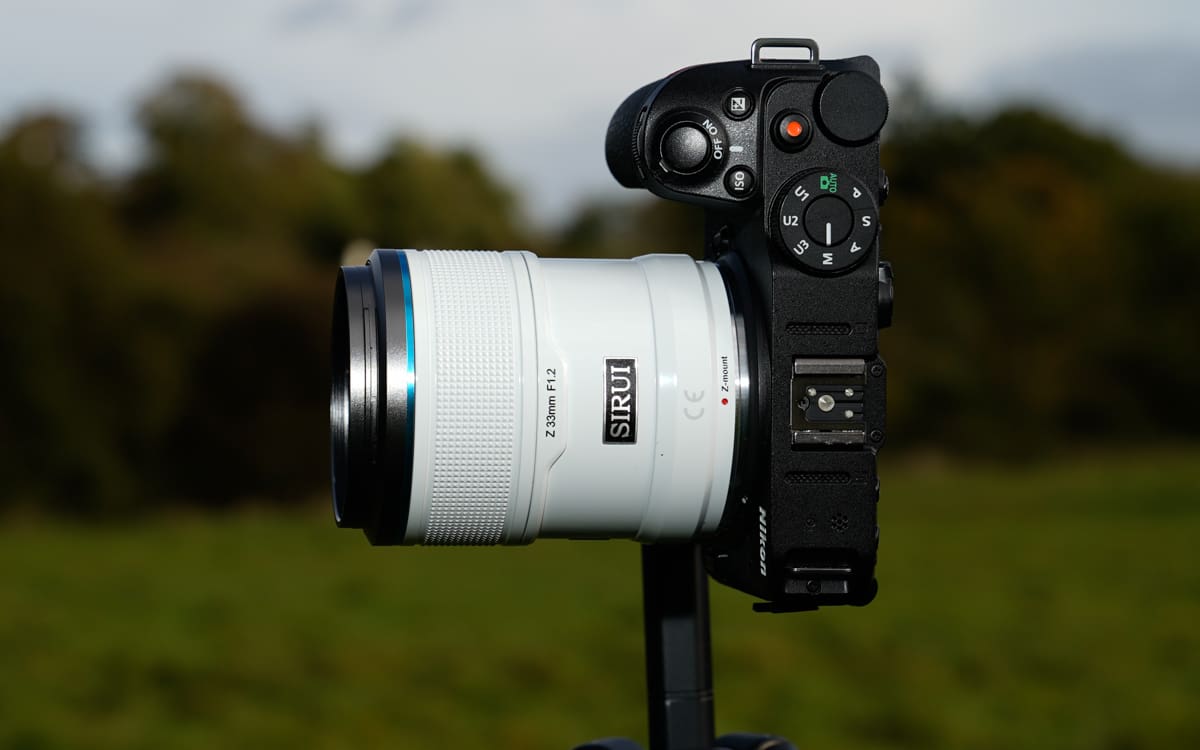
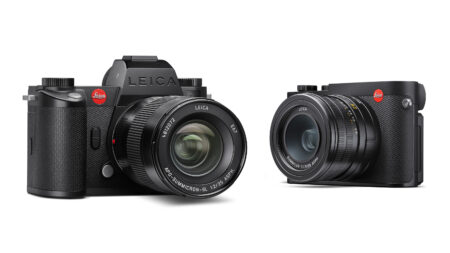


Leave a Reply
You must be logged in to post a comment.